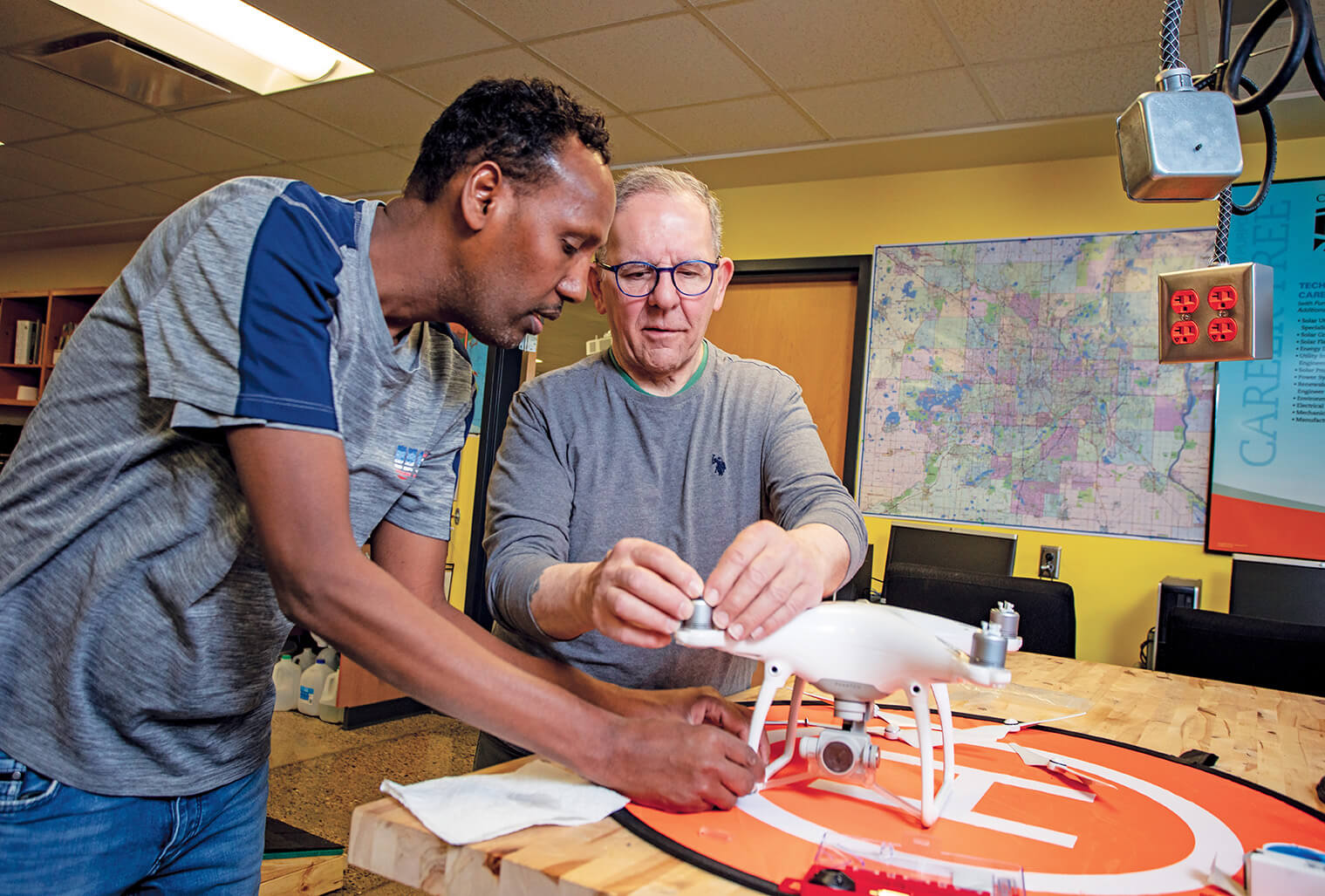WHITE BEAR LAKE, Minn. — In describing his path to a career in solar energy, Ted Kermes said much of his 20s was spent “meandering around, trying to figure everything out.”
By 2018, Kermes had earned an associate degree in cinematography and film production from Century College, a community college in the Minneapolis metropolitan area. By the end of 2021, he had earned a bachelor’s degree in history from nearby Metro State University.
He also took on a series of customer service jobs and worked as a substitute teacher. Although teaching K-12 students was gratifying, Kermes said, the pay wasn’t sustainable. So he again reconsidered his options—a decision that led him to register for Century College’s 16-credit certification as a solar assessor.
“I heard careers in the trades were making a comeback,” said Kermes, who is now 32. He also had taken note of Minnesota’s investment in green initiatives. The environmentally progressive state had recently enacted a law requiring utilities to supply customers with carbon-free electricity by 2040.
Shortly after enrolling in the program, Kermes’ hunch about opportunities in the skilled trades was confirmed. Before even earning his certification, he was offered a job at MN Solar, a solar energy installation company near Minneapolis. Kermes was able to earn class credits through his hands-on experience working as a solar designer in training.
Like Kermes, many of his classmates found their way to Century College’s Solar and Renewable Energy Program after pursuing other careers and degrees.
Under the guidance of Scott Randall, faculty lead for the program, students often find themselves on a fast track to job opportunities to meet the demand for skilled workers in the growing field of renewable energy.
Randall noted that many students earn $25 to $30 an hour within their first few years of earning a certification. With further work experience, they can qualify to take a journeyman’s exam to become a licensed electrician, which commands an annual salary of $76,000 to $94,000 in the Minneapolis-St. Paul area.
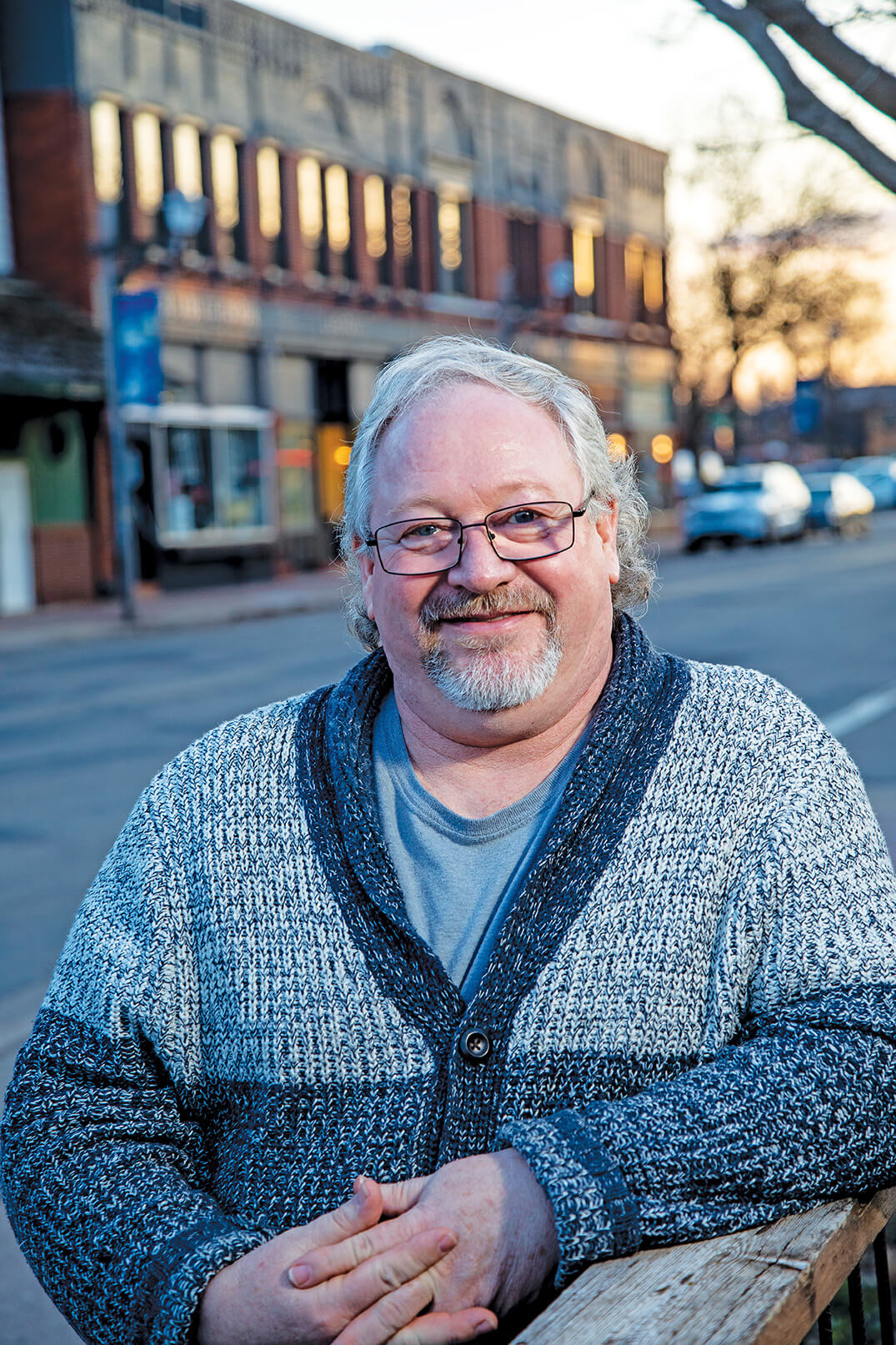
And students typically complete the program with minimal debt, he added, pointing out that Century College offers scholarship funds that cover about half of the cost of tuition. Through a partnership with Target, for example, students in the Solar and Renewable Energy program can qualify for up to $6,000 in scholarships.
Learning by doing
Randall, who works in the industry as an owner and operator of a solar energy company, makes sure the course is heavily focused on hands-on experience.
During a recent class, about 10 students, wearing hard hats and protective gear, gathered to configure and assemble solar panels and install them on a simulated roof—a structure Randall had designed and built in a lab to allow the students to gain practical experience.
He said the roof structure is used frequently during the 16-week certification course. The course covers numerous topics, including solar modules, solar system design, drone applications in the industry, energy storage, software and apps, and OSHA safety requirements.
With more and more employers showing interest in hiring students from the program, Randall makes certain they can handle the most critical applications in the field.
“We need to make sure they know what they’re doing,” he said. “We have 16 weeks, and the students are in the lab twice a week. That’s at least 32 times installing something, so they have plenty of experience when it comes time to work.”
Brett R. Ayde, 26, already has an associate degree in general studies. He also has worked various jobs, including as a roofing contractor during the summers and as a manager for a major oil change company.
He recently enrolled in Century College to gain a certification as a solar assessor and to pursue an associate in applied science degree, a 60-credit program that supports a career as an energy technical specialist.
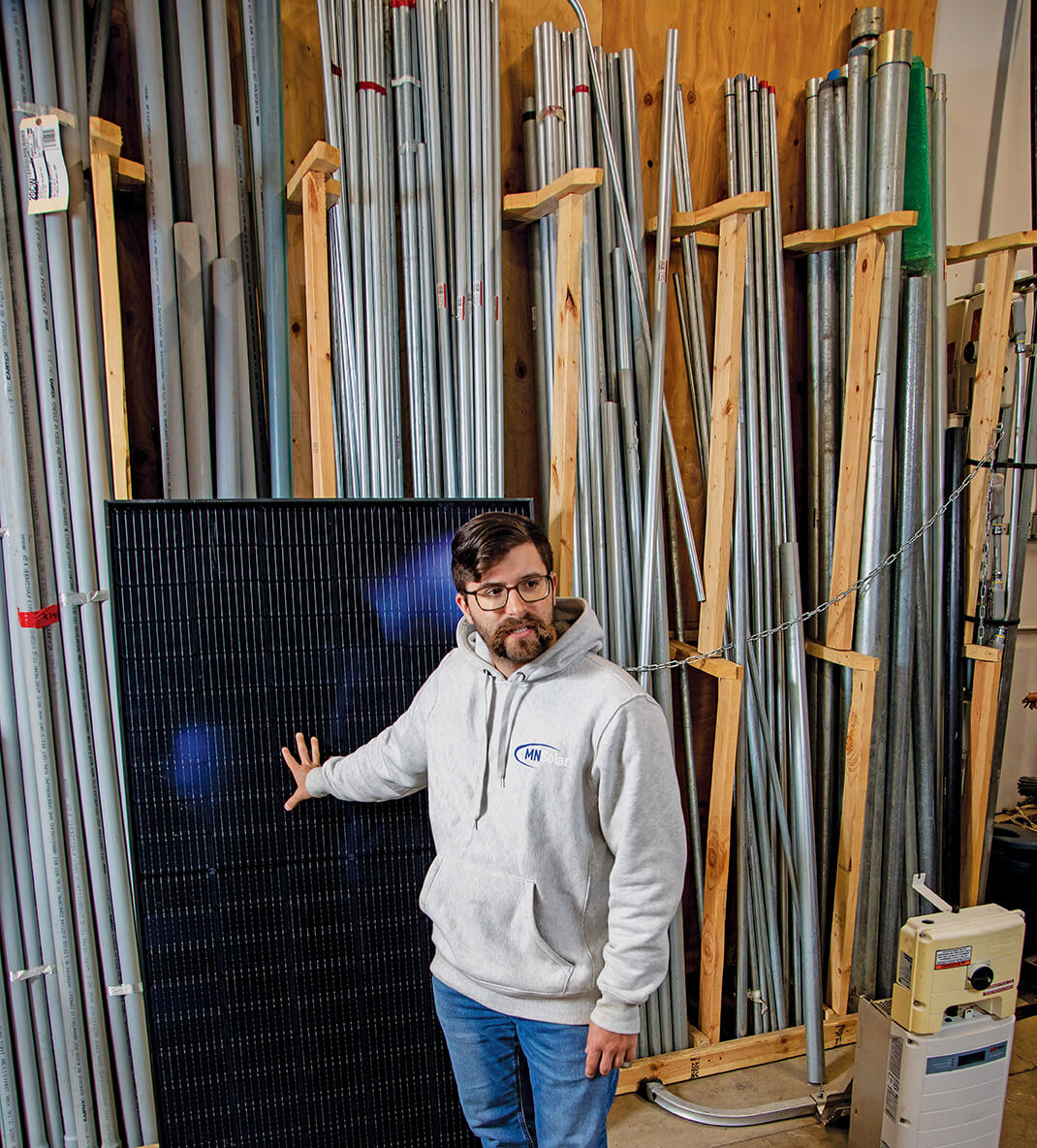
“I wanted to go back to school for a different direction,” said Ayde, who learned firsthand about solar panels when his friend’s parents had them installed on their home several years ago. “I haven’t had much desire for a specific career path, but this is definitely the most interesting field I’ve come across.”
However, it wasn’t until he talked to counselors at Century College that he considered the field more seriously. Ayde said that the job opportunities in solar energy convinced him to pursue it as a career.
Like many other students in the program, Ayde already had secured an offer to work as a project manager once his certification is complete.
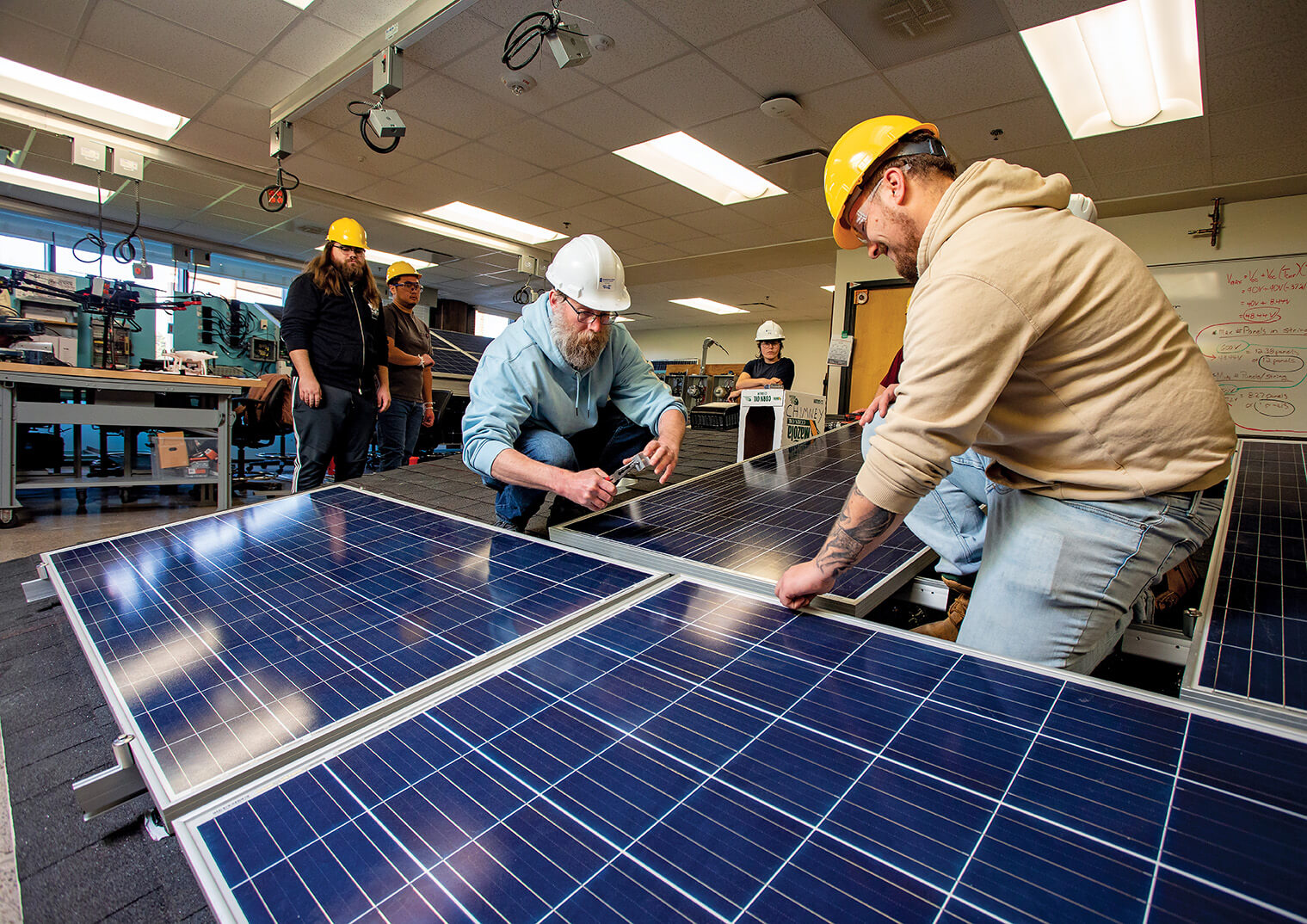
He also advises others to consider green trades. “It’s going to be a very secure field that opens up a lot of opportunities,” Ayde said. “I’m focused on the project management side, but there are different pathways you can take, such as an installer or designer.”
Because of his practical experience in the field, Randall has been instrumental in helping students understand the industry, Ayde said. “He knows a lot about the field and where the industry is heading,” he said. “He also cares a lot about the students, making sure he knows about our progress after school.”
Andy Lor, 23, is another student who saw limited job opportunities after graduating from high school. He initially pursued a four-year degree in electrical engineering but decided he didn’t like the field enough to invest $20,000 a year in tuition. “I didn’t want to pay all that for something I wasn’t sure about,” he said.
While considering his options, Lor took on jobs at car dealerships as a lube tech and a runner, and also worked at a local factory.
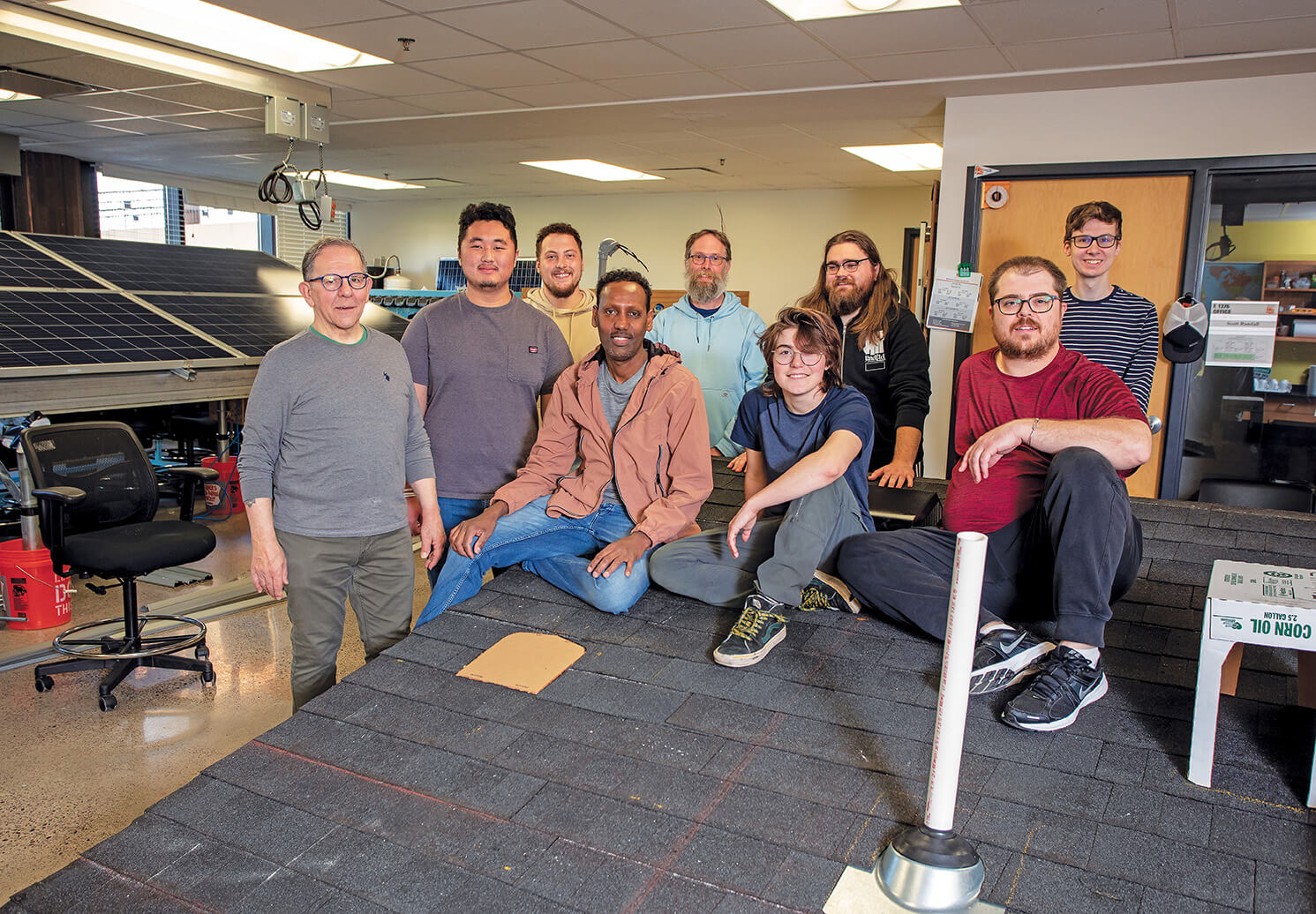
‘I can’t keep doing this’
“I wasn’t making enough,” he said. “I just thought to myself, ‘I can’t keep doing this.’ I wanted to live on my own instead of with my parents. I needed to be financially better off.”
He applied for positions as an electrician’s apprentice—to no avail. “I kept applying but was never considered qualified,” he recalled. “I was like, ‘What am I missing?’”
While researching want ads online, he came across job listings for solar installers. “I learned that if you do four years as a solar installer, you can still become an electrician,” he said.
The salary, benefits, and the field are all big draws, Lor said. “Being part of an industry that will help usher in new clean energy is probably the main reason why I want to do this,” he said. “The second is the money.”
Lor said his shift to solar energy as a career choice was unexpected. “For the longest time, I didn’t believe climate change was real,” he said. “Once I started to learn more about it, I realized that it’s not a political thing. It’s really happening. And it’s just a fact.”
He had pursued electrical engineering in college with the expectation of getting in the industry to design solar panels.
“A lot of it was incredibly difficult,” he said. “It also was very expensive to go through college not being 100 percent sure electrical engineering was the field that I wanted to get into. I was thinking about switching my major, and then I decided to drop out and return later when I figured out exactly what I wanted to do.”
For now, Lor is fully focused on certification and apprenticeship. He’s encouraged by the job opportunities for those who have earned the installer certification. “People want to be able to find good jobs that pay well without having to go to college for four years,” he said. “It’s also great to be in a career that’s great for the environment. It’s a great route for a lot of people who don’t necessarily come from a lot of money. They can avoid having to get loans for college.”
Randall said he continues to be encouraged by his students’ success in the job market. “The ones who have been out there for four years now, they’ve put in their time as electrical apprentices, and they’re able to take the electrician’s exam and become a licensed electrician. That’s the big success. By then, you’re making six figures.”
However, he expressed some frustration with trying to overcome the common misconception that certification programs are inferior to those that lead to degrees.
He often encounters resistance when trying to recruit high school students to Century. Although a certified renewable energy worker with five years’ experience can command an annual salary of $75,000 or more, Randall said the program can be a hard sell at times.
“There’s an awareness problem,” he said. “Students and parents don’t realize the job opportunities available in the energy industry. There’s nothing out there telling parents or students that they should be looking into the solar energy field. It’s an incredible field with a lot of opportunities.”
